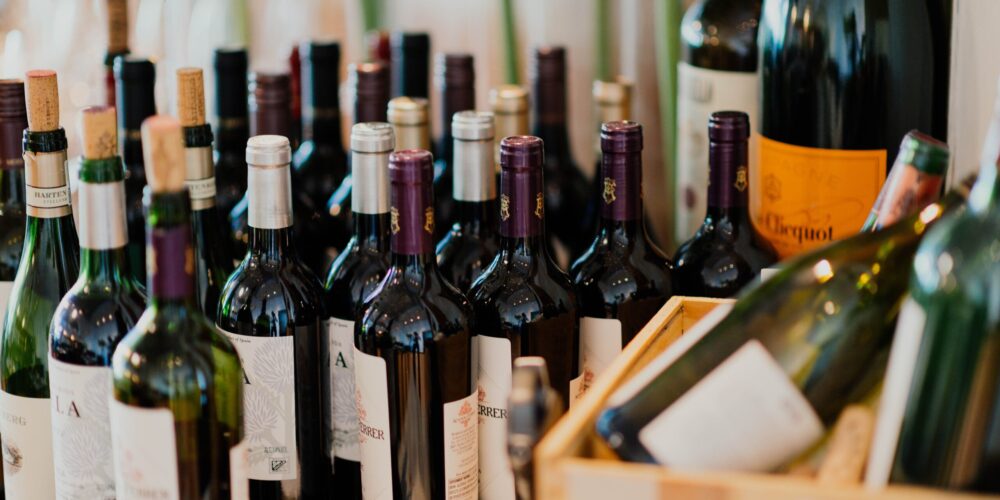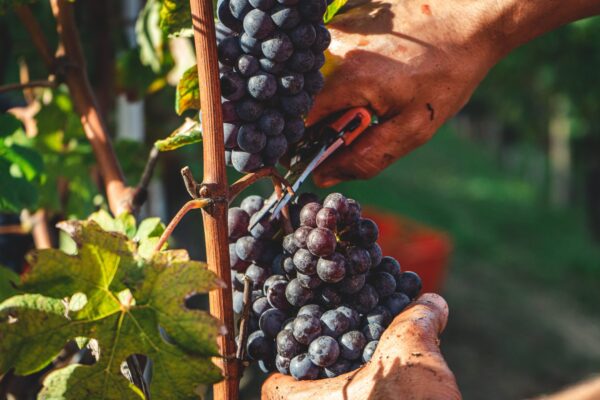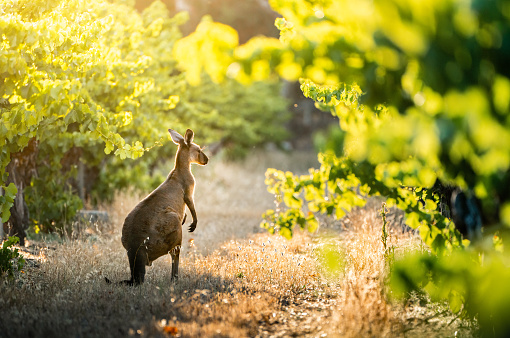France is recognized worldwide for its exceptional winegrowing conditions and has many wine regions across the country. In the first part of this article, we bring you a brief overview of some of the most emblematic French wine regions. From AOCs and grape varieties to soils and specific characteristics, join us on a tour of the wine regions of France.
Champagne
Eight grape varieties are permitted under the Champagne appellation, however Pinot Noir, Pinot Meunier and Chardonnay are the three main ones used. These three varieties are planted in equal proportions, over 80% of which on limestone which is the typical bedrock in Champagne.
The other grapes allowed, referred to as the “forgotten varieties” are Pinot Blanc, Pinot Gris, Arbane, Petit Meslier and Voltis. The region has 319 “Crus” or premium plots spread across four subregions: Montagne de Reims, Côte des Blancs, Marne Valley and Côte des Bar.
The region’s chalk galleries or “crayères” offer the ideal conditions of temperature and humidity for cellaring Champagne and many are open to visitors. In total, there are over 100 kilometres of galleries in the area housing Champagne beneath ground.
Alsace
The iconic grape varieties in Alsace are Riesling, Gewurztraminer, Pinot Gris and Sylvaner.
This fully-fledged wine region bordering on Germany has a wide array of subsoil types, including limestone, marl, granite, schist, sandstone and gneiss. It benefits from an advantageous location edging up to the Vosges Mountains which protect it from westerly winds and rain.
Alsatian wines are recognizable by the unique shape of their bottle, the “flute d’Alsace”, which is slimmer and taller than the traditional wine bottle.
Jura
The wine region of Jura covers an 80-kilometre stretch in the Revermont region. The bedrock dates from the Jurassic period – which takes its name from the Jura Mountains – and is composed of hard limestone, marl and clay.
This region produces a great panoply of wines, including sparkling, dry, and sweet wine, not forgetting of course vin jaune. There are four main appellation areas for Jura wines: L’Étoile, Côtes du Jura, Arbois and Château-Chalon.
The most commonly used varieties are Chardonnay, Savagnin, Poulsard, Trousseau and Pinot Noir. Jura’s iconic vin jaune comes from Château Chalon. This wine is made in an oxidative manner that is traditional to the region and shows aromas of nuts, almonds and even spices. As well as vin jaune, you can also find the sweet wine vin de paille, which is another speciality of the region and the fortified wine Macvin du Jura.
Savoie
The wine region of Savoie has its own specific grape varieties that are little known to the wider public. They go by the names of Altesse, Molette, Mondeuse Blanche and Noire, Persan, Jacquère, and Gringet.
The vineyards are set within Alpine scenery, with stony and limestone soils derived from erosion. Most of the soils are composed of limestone or rather limestone scree that has fallen from the mountains, forming a terroir that is particularly well-suited to white wine growing.
The Vin de Savoie or AOC Savoie denomination is divided into 21 sub-appellations including Ayze, Apremont, Arbin, Chignin and Seyssel.
Burgundy
Burgundy enjoys an exceptional geographical location. But that is not all. It also has ideal weather conditions for winegrowing, diverse geology, highly reputed grape varieties and a number of exceptional vineyard plots known as climats. Burgundy has no less than 84 world-famous appellations.
Burgundy is made from Pinot Noir or Chardonnay and wines are divided into four categories of appellation, with 7 regional AOCs, 44 village AOCs (these include Premier Cru villages) and 33 Grand Cru AOCs. Vineyard plots here are referred to as climats, a term specific to Burgundy. These climats are spread across five main subregions: Chablis and Grand Auxerrois, Côte de Nuits, Côte de Beaune, Côte Chalonnaise and the Mâconnais. Burgundy is internationally famous and wine tourism is one of the region’s main industries.
Rhone Valley
The Rhone Valley wine region has two quite distinct parts, the northern Rhone and the southern Rhone.
The northern Rhone, which runs from Vienne to Valence, is home to several premium appellations known for their predominantly Syrah-based reds: Côte-Rôtie, Saint-Joseph, Hermitage, Crozes-Hermitage and Cornas. It also has some famous whites like Condrieu and Château-Grillet, made exclusively from Viognier, and Saint-Peray made exclusively with Marsanne and Roussanne.
The southern Rhone between Montélimar and Avignon is home to great appellations like Vinsobres, Gigondas, Vacqueyras, Beaumes de Venise, Lirac, Châteauneuf-du-Pape, Tavel and Rasteau, to name a few. The wines of the southern appellations are typically made with a majority of Grenache Noir.
To be continued…
Our exploration of French wine regions and their grape varieties, appellations and regional specificities, continues in a second article. Read article
Learn more
Continue exploring the wine regions of the world, starting with US wine regions and the sunny vineyards of California. Sonoma Valley and Napa Valley are teeming with prestigious wine estates and a wide range of landscapes offering rich winegrowing conditions producing a broad range of wines. Read article



